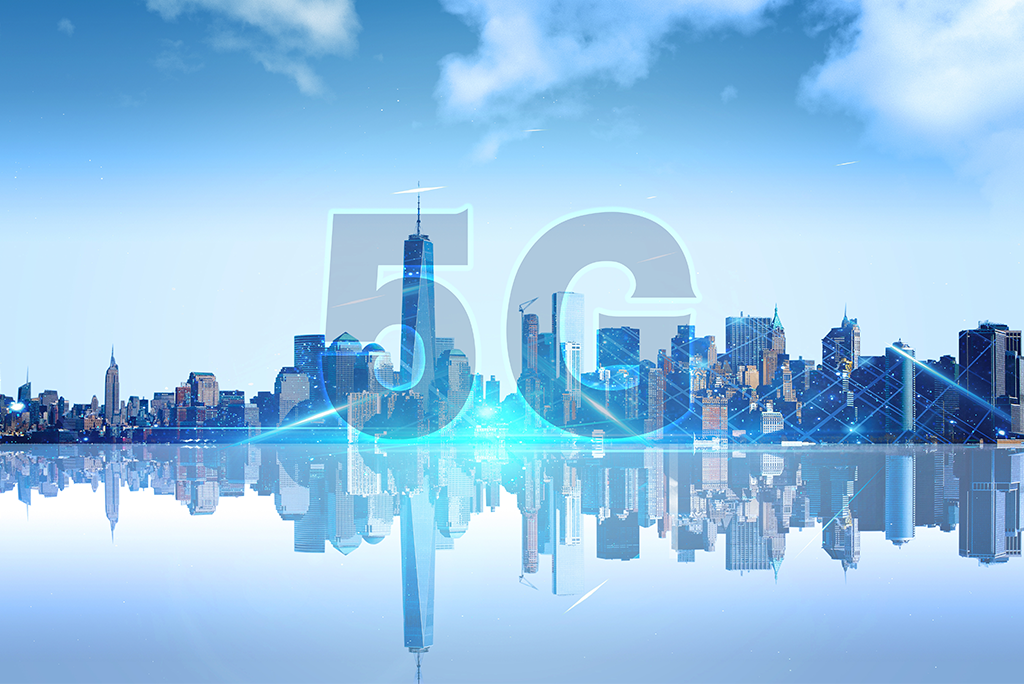
The COVID-19 pandemic continues to force the postponement of many highly anticipated 5G spectrum auctions throughout the world. According to a recent report from S&P Global Market Intelligence, many of these actions were intended to take place in Europe and Asia.
The planned auctions can be broadly divided into three categories: high-band, low-band, and mid-band. High band, also known as “millimeter wave,” delivers the fastest speeds but with a narrower geographic coverage. Low-band airwaves deliver wider geographic coverage but at speeds not much faster than 4G. Mid-band delivers a greater balance of speed and geographic coverage.
A majority of the postponed auctions were mid-band spectrum in the 3.5 GHz band, a type which is popular for its combination of capacity and network coverage.
Worldwide, only 16 markets will auction the more costly high-band spectrum. Currently, 32 markets will auction off low-band spectrum auctions (less than 1 GHz), and at least 35 markets plan to auction off mid-band spectrum at some point in the future.
In the U.S., major telecommunications companies are preparing to bid for spectrum later this year. As we previously reported, the U.S. Federal Communications Commission (FCC) voted in March to establish rules for a spectrum sale scheduled for auction in 2021 October, which will include the sale of mid-band spectrum. In filings, Verizon Communications Inc., AT&T Inc., and T-Mobile US Inc. told the FCC that auctioning off large tracts of spectrum would speed the spread of 5G coverage in the country, especially in rural regions where they have struggled to expand service.
National Science Foundation Recommends “Customizable Networks” for U.S. Government Agencies
Across the U.S., government agencies plan to roll out their own 5G networks. Rather than trying to make the rollouts widely accessible, these agencies should replicate the customizable networks deployed by the Department of Defense, according to recent recommendations from the National Science Foundation. As we previously reported, the Department of Defense is testing 5G in five military bases, the world’s largest dual-use 5G testing program, and has expanded the program to seven more locations, according to FedScoop.
Over the last decade, the NSF launched the Platforms for Advanced Wireless Research program, which has delivered city-scale testbeds for similar customizable networks for researchers. It now plans a fourth testbed that will center around access to affordable rural broadband in coming weeks.
“The approach that the DOD has taken is very much tapping into the real benefit of 5G, which is you can create a custom network that suits your needs in a very localized instance,” NSF deputy division director Thyaga Nandagopal said during the recent Federal Mobility Group and ATARC 5G Government Symposium, in comments reported by FedScoop.
In the meantime, the Cybersecurity and Infrastructure Security Agency has concentrated on mitigating the risks of legacy 4G infrastructure, which 5G will depend on for speed and connectivity, to various government agencies. Major concerns include telecommunications, telehealth, certain government facilities, and mass transit. Top risks include:
- hackers who may try to alter 5G networks
- vulnerabilities slipped into the supply chain
- narrow competition in the marketplace and vendors that may not be trustworthy
- widened attack surfaces created by the expanding volume of 5G devices
While 5G has experienced delays and setbacks due to the pandemic, it’s expansion is almost certain to continue well beyond 2021 as governments harness this next-generation technology and nations around the world prepare to auction their spectrum.
5G Networks
As technology continues to evolve toward 5G, it’s vital for technical professionals and industry leaders to understand how to deliver on the 5G vision while meeting consumer demand for higher communication speeds. Is your organization ready? Consider training your team with 5G Networks, a three-course program from IEEE and Nokia.
Connect with an IEEE Content Specialist today to learn more about the program.
Interested in learning more about 5G for yourself? Visit the IEEE Learning Network today!
Bridging the 4G/5G Gap
Prepare your organization for 5G, the next generation of wireless network technology. The IEEE two-course program, Bridging the 4G/5G Gap: Telecommunications Roadmap for Implementation, provides a historical overview of 4G/5G technology, identifies what is needed for 5G integration in a 3G/4G world, and showcases the scientific evidence surrounding wireless facilities’ impact on property value and human health, and more.
Contact an IEEE Content Specialist today to learn more about getting access to these courses for your organization.
Interested in the course for yourself? Visit the IEEE Learning Network.
Resources
Nyczepir, Dave. (20 April 2021). Customized agency networks are the ‘real benefit’ of 5G. FEDSCOOP.
Osio, Julber. (2 April 2021). Upcoming global spectrum auctions, 2021 onward. S&P Global Market Intelligence.


[…] 5G wireless technology will deliver breakneck speeds. However, worldwide rollouts are moving at a less impressive pace (with the exception of East Asia). While individual consumers will likely wait at least a decade […]